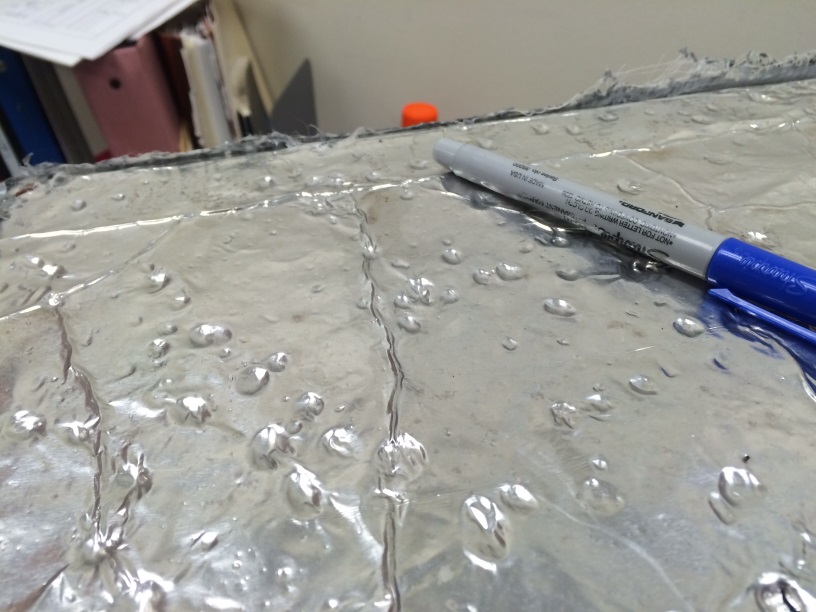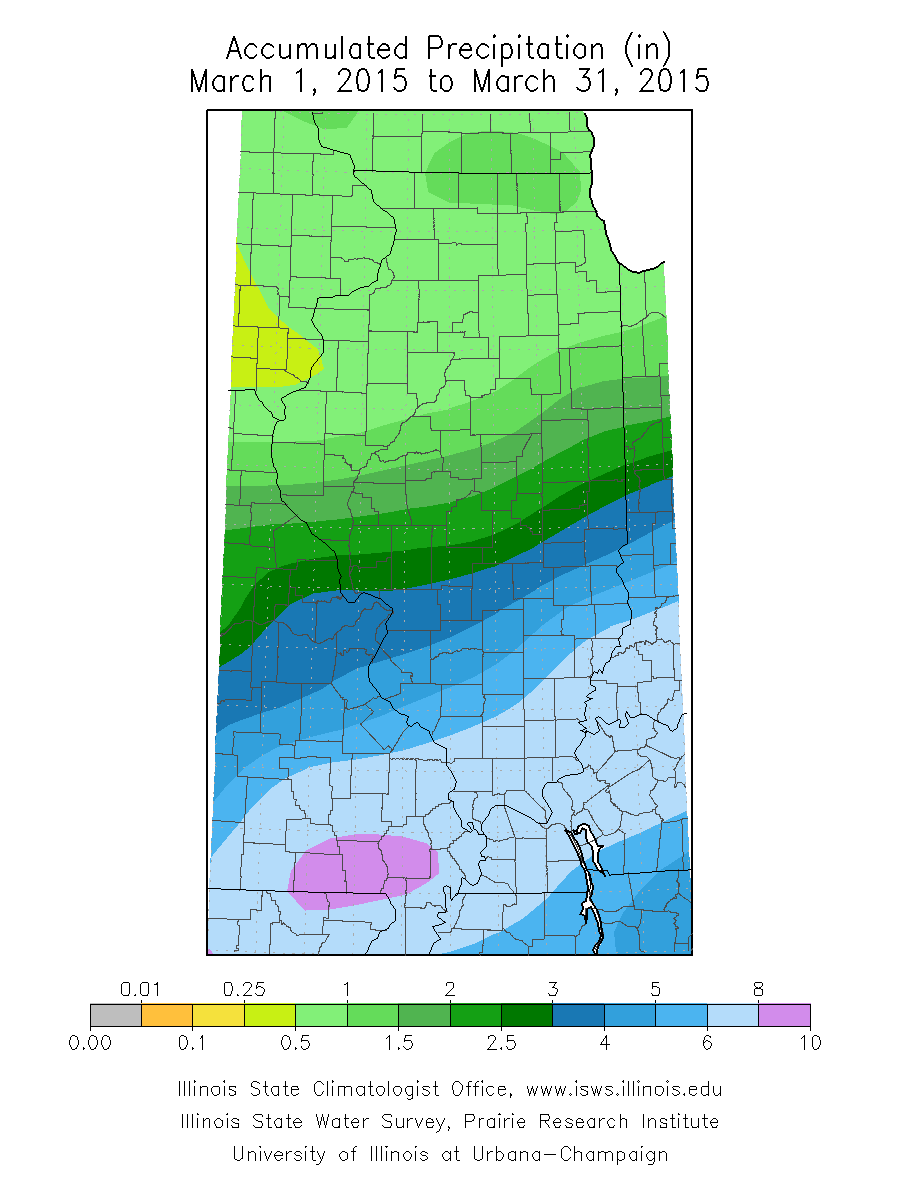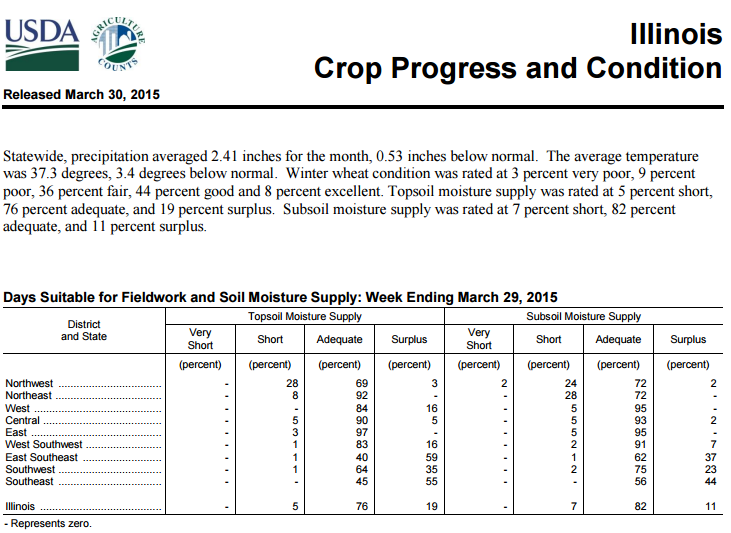Today is the 62nd anniversary of the first documented case of a tornado detected by radar. Illinois State Water Survey staff, at Willard Airport in Champaign, IL, captured the historic event on film on April 9, 1953. This discovery helped lead to the first national weather radar network in the United States.
- First recorded radar hook echo associated with a tornado, April 9, 1953, near Champaign, IL. The radar was located to the south of Champaign-Urbana at Willard Airport. The tornado was located north of Champaign-Urbana. Photo by Illinois State Water Survey, Prairie Research Institute, University of Illinois.
Continue reading “On this Date in 1953, First Documented Tornado Hook Echo Captured on Radar”





